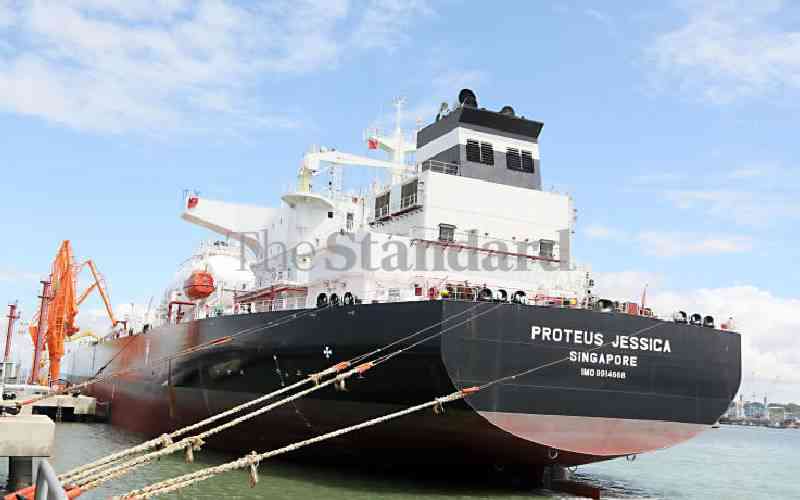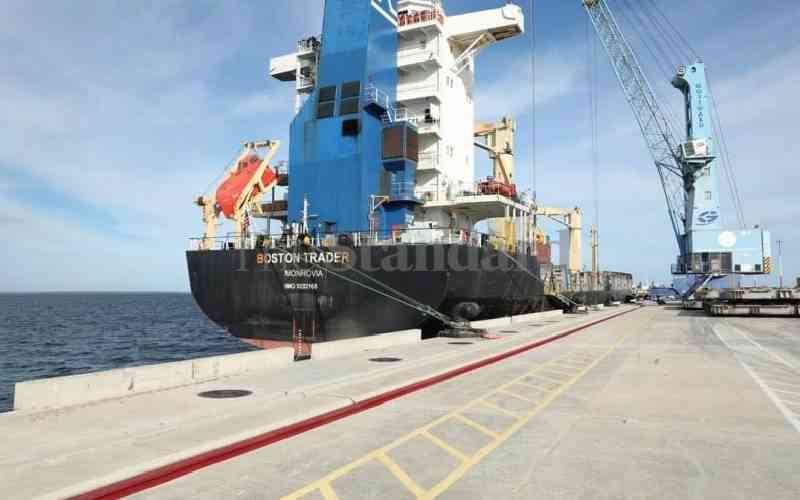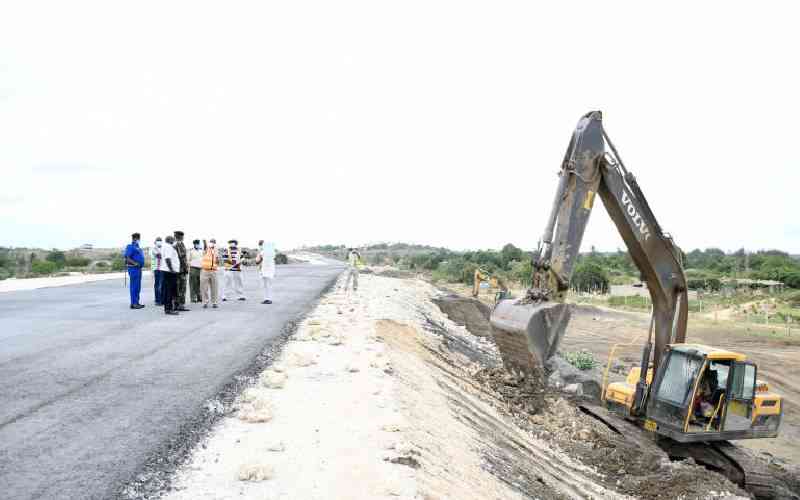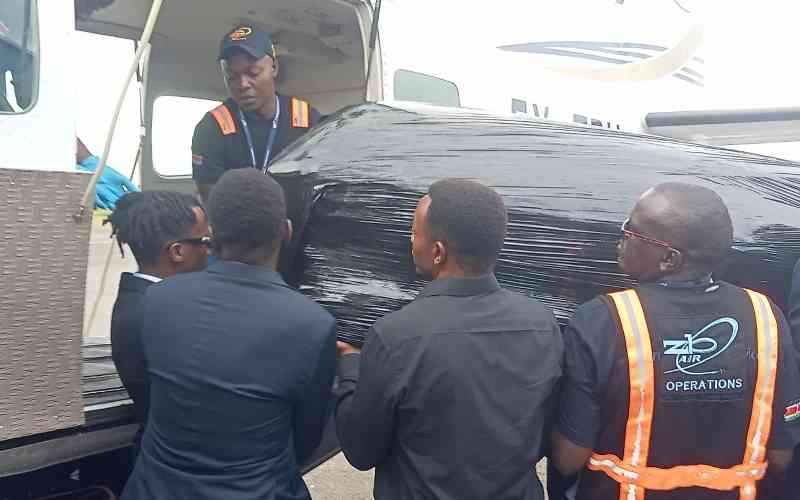Container traffic through Mombasa Port is expected to grow this year after completion of first phase of the Mombasa Port Development Project.
Japan has confirmed it has completed the first phase of the Sh22 billion project which was started back in March 2012.
In 2015, container traffic through the port grew by 7.5 percent. The facility handled 26.7 million tonnes of cargo between January and December 2015, compared with 24.88 million tonnes handled during a similar period in 2014.
Container traffic increased by 6.3 percent to 1,076,118 twenty-foot equivalent units (TEUs) in 2015 from 1,012,002 TEUs registered in 2014.
"Although this performance falls short of our target of 1.1 million TEUs for last year, it is a manifestation that the port traffic is growing at a fast rate," acting managing director Catherine Muturi Muturi said.
Imports totalled 22.68 million tonnes, an increase of 9.2 percent from the 20.77 million tonnes handled in 2014. Exports also increased by 5 percent to 3.53 million tonnes from 3.37 million tonnes in 2014.
But the volume of goods headed to neighbouring countries decreased by 28.4 percent, from 731,912 tonnes in 2014 to 523,993 in 2015, a trend Muturi attributed to the introduction of a new cargo-clearing system.
Uganda remained the biggest transit market, with its cargo growing by 8.2 percent to 5.98 million tonnes in 2015, from 5.52 million tonnes in 2014.
"This year we project to handle at least 1,142,837 TEUs of cargo, which will be a remarkable growth," said Muturi.
The port has officially received a second container terminal that had been under construction, which Muturi said would provide additional cargo-handling capacity of 550,000 TEUs per year.
Currently, Mombasa handles an average of one million containers a year, but it has a projected target of 1.32 million with the new terminal.
“This terminal has the capacity to handle 550,000 containers, which is expected to increase the capacity of the Mombasa port by over 50 per cent. On completion of the whole project, the port will become the largest in the region,” said Mombasa Port Development Project deputy manager Masati Kaneko.
Access roads, trunk roads and connection roads are fully operational, which is expected to ease cargo traffic and reduce turnaround times.
The container terminal yard at the port sits on 35 hectares and is 15 metres deep. It is able to dock an 800-tonne ship up to 50 metres high.
Over 20 million tonnes of sand and 4,000 tonnes of stones from the deep sea were excavated to create dry land and a deeper harbour. The total reclaimed volume was 3.7 million cubic metres.
Stay informed. Subscribe to our newsletter
This was the major challenge, which took close to a year, Kaneko said. Prefabricated Vertical Drain (PVD) technology was used to hasten the process before soil improvements were done to make the yard more durable.
Also, to cater for the environmental impact, more than 1,500 mangrove trees were planted in Mikindani to replace those cut during construction.
The Japan International Cooperation Agency (Jica) has signed an agreement of Sh24 billion for the construction of phase two with the Kenya Ports Authority.
 The Standard Group Plc is a
multi-media organization with investments in media platforms spanning newspaper
print operations, television, radio broadcasting, digital and online services. The
Standard Group is recognized as a leading multi-media house in Kenya with a key
influence in matters of national and international interest.
The Standard Group Plc is a
multi-media organization with investments in media platforms spanning newspaper
print operations, television, radio broadcasting, digital and online services. The
Standard Group is recognized as a leading multi-media house in Kenya with a key
influence in matters of national and international interest.
 The Standard Group Plc is a
multi-media organization with investments in media platforms spanning newspaper
print operations, television, radio broadcasting, digital and online services. The
Standard Group is recognized as a leading multi-media house in Kenya with a key
influence in matters of national and international interest.
The Standard Group Plc is a
multi-media organization with investments in media platforms spanning newspaper
print operations, television, radio broadcasting, digital and online services. The
Standard Group is recognized as a leading multi-media house in Kenya with a key
influence in matters of national and international interest.








